Author Archives: environmental-sustainability
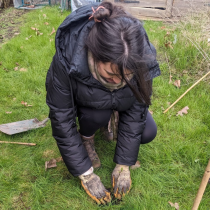
Experience as a Sustainability Campaigns Assistant
About Myself My name is Elena, I graduated from the University of Salford in 2023 with a 1st in BSc Geography. My interests were mainly focused on sustainability and development. My dissertation was titled “Ukrainian preconceptions versus the lived reality

Experience as a Sustainability Campaigns Assistant
About Myself My name is Elena, I graduated from the University of Salford in 2023 with a 1st in BSc Geography. My interests were mainly focused on sustainability and development. My dissertation was titled “Ukrainian preconceptions versus the lived reality
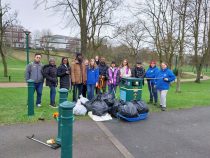
Plastic Free July 2024
What is Plastic Free July? Plastic Free July (Plastic Free July – Be Part of the Plastic Pollution Solution) is a challenge for people to refuse single-use plastics for the month of July. The challenge began in 2011 and has

Plastic Free July 2024
What is Plastic Free July? Plastic Free July (Plastic Free July – Be Part of the Plastic Pollution Solution) is a challenge for people to refuse single-use plastics for the month of July. The challenge began in 2011 and has
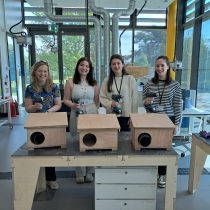
HFC Platinum Project Round Up 2023-2024!
Now that our Platinum Project has been submitted to SOS-UK’s Hedgehog Friendly Campus we thought we would reflect on this past year and create a roundup of all the hedgehog related events and activities we have been up to! Throughout

HFC Platinum Project Round Up 2023-2024!
Now that our Platinum Project has been submitted to SOS-UK’s Hedgehog Friendly Campus we thought we would reflect on this past year and create a roundup of all the hedgehog related events and activities we have been up to! Throughout
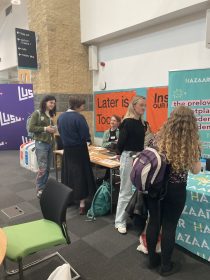
SOS-UK Student Sustainability Summit Round-Up:
On Wednesday the 29th of May, Megan, our Graduate Sustainability Communications & Engagement Officer and Elena, our Sustainability Communications and Campaigns Intern from the Sustainability Office attended the annual SOS-UK Student Sustainability Summit. They attended alongside two students Oliver and

SOS-UK Student Sustainability Summit Round-Up:
On Wednesday the 29th of May, Megan, our Graduate Sustainability Communications & Engagement Officer and Elena, our Sustainability Communications and Campaigns Intern from the Sustainability Office attended the annual SOS-UK Student Sustainability Summit. They attended alongside two students Oliver and

BioBlitz-Go Green Salford 2024 :
A two-day BioBlitz was held in and around the University of Salford’s Peel Park campus in March as part of our Go Green Salford activities. To to find out more about our Go Green Salford campaign, check out our blog

BioBlitz-Go Green Salford 2024 :
A two-day BioBlitz was held in and around the University of Salford’s Peel Park campus in March as part of our Go Green Salford activities. To to find out more about our Go Green Salford campaign, check out our blog
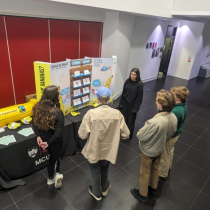
Round-Up of Go Green Salford 2024
From 4th-22nd of March 2024, The Sustainability Team at the University of Salford ran its annual Go Green Salford 2024 campaign, to encourage students and staff across its three campuses to take part in its various activities, pop-up displays and

Round-Up of Go Green Salford 2024
From 4th-22nd of March 2024, The Sustainability Team at the University of Salford ran its annual Go Green Salford 2024 campaign, to encourage students and staff across its three campuses to take part in its various activities, pop-up displays and
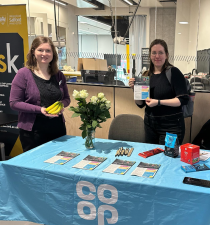
Retrospective on Go Green Salford 2023
Between 27/02 – 26/03/2023, we worked with Salford students, colleagues and local community members to organise four weeks of events, useful content and tips for sustainable living in Salford. Below you can find a summary of all of the events. Week

Retrospective on Go Green Salford 2023
Between 27/02 – 26/03/2023, we worked with Salford students, colleagues and local community members to organise four weeks of events, useful content and tips for sustainable living in Salford. Below you can find a summary of all of the events. Week

Electric cars – by Tessa Pettitt
With the move to more sustainable travel, me and my family recently decided to change our car to a fully electric one. In order to help people who might be considering this next step, I figured I would write an

Electric cars – by Tessa Pettitt
With the move to more sustainable travel, me and my family recently decided to change our car to a fully electric one. In order to help people who might be considering this next step, I figured I would write an
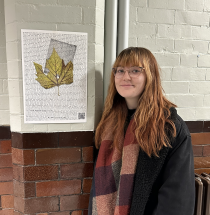
PlasticFreeUoS poster series by Jess Robinson
To support the PlasticFreeUoS campaign, a MA Visual Communication student Jessica Robinson from the University of Salford School of Arts, Media and Creative Technology has made a series of brilliant posters to raise awareness of the issues related to single

PlasticFreeUoS poster series by Jess Robinson
To support the PlasticFreeUoS campaign, a MA Visual Communication student Jessica Robinson from the University of Salford School of Arts, Media and Creative Technology has made a series of brilliant posters to raise awareness of the issues related to single
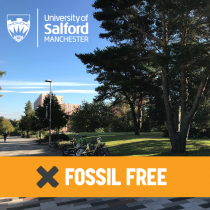
University of Salford joins the Fossil Free campaign
As part of our Sustainability Strategy refresh, University of Salford has updated its Treasury Management and Ethical Investment Policy to exclude investments in fossil fuels. The University does not invest in companies involved in the production and distribution of fossil

University of Salford joins the Fossil Free campaign
As part of our Sustainability Strategy refresh, University of Salford has updated its Treasury Management and Ethical Investment Policy to exclude investments in fossil fuels. The University does not invest in companies involved in the production and distribution of fossil
